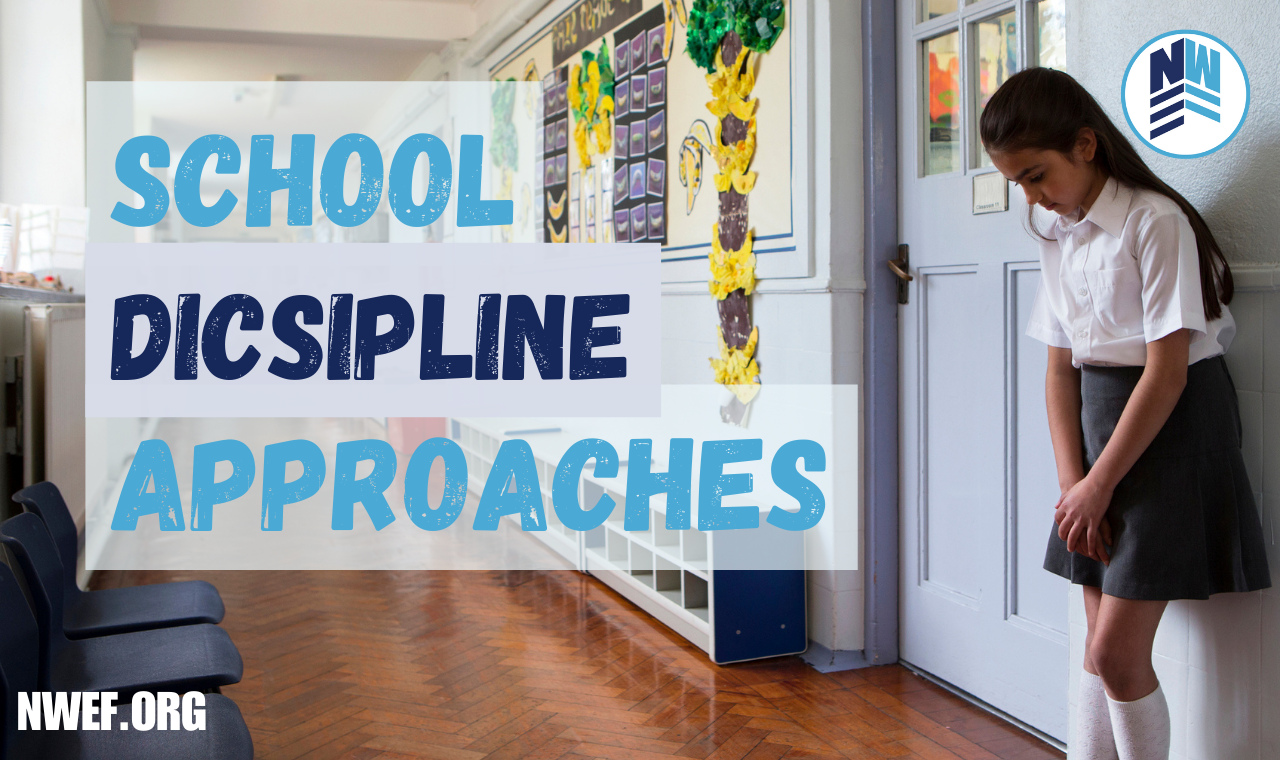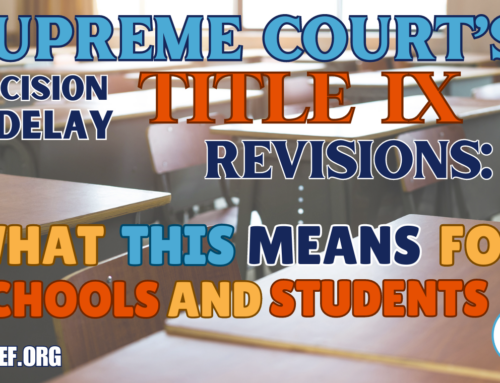
“Gilbert reached across the aisle, picked up the end of Anne’s long red braid, held it out at arm’s length, and said in a piercing whisper: ‘Carrots! Carrots!’
Then Anne looked at him with a vengeance…’You mean, hateful boy!’ she exclaimed passionately. ‘How dare you!’
And then—thwack! Anne had brought her slate down on Gilbert’s head and cracked it—slate not head—clear across…Mr. Phillips stalked down the aisle and laid his hand heavily on Anne’s shoulder.
‘Anne Shirley, what does this mean?’ he said angrily…‘go and stand on the platform in front of the blackboard for the rest of the afternoon.’
Anne would have infinitely preferred a whipping to this punishment… Mr. Phillips took a chalk crayon and wrote on the blackboard above her head.
‘Ann Shirley has a very bad temper. Ann Shirley must learn to control her temper,’ and then read it out loud so that even the primer class, who couldn’t read writing, should understand it. Anne stood there the rest of the afternoon with that legend above her.”
This iconic scene is very familiar to the generations who’ve read the beloved Anne of Green Gables series or seen any of the endearing film adaptations. Beyond the impish flirtations of Gilbert Blithe or the impulsive justice by Anne with an “e,” we see an example of school discipline in the late 19th century in this vivid description.
In fact, here we have two mentions of common disciplinary practices of the time: the first is public humiliation, which cut Anne to the quick. The second is the rod, which Anne would have preferred over the sentence she was given.
School discipline is a necessary tool. However, it’s a device that’s sparked debate for over a century.
The National Association of Elementary School Principles (NAESP) explains, “School discipline has evolved from exclusionary discipline to finding more effective ways to address behavior issues that ensure kids remain in the learning environment and grow from a whole-child perspective.”
FindLaw notes that the evolution of school discipline has ebbed and flowed. It’s consistently swayed by public opinion, the prevailing science of the day, and perceived outcomes. According to American Public Media, historically, teachers have had the legal standing to discipline students as they see fit since teachers were considered “stand-in parents” or “in loco parentis.” In modern public schools, disciplinary actions in the classroom are a bit more complicated.
Today we’ll examine school discipline in its historical context and then explore the modern public school approaches to this significant issue.
The Evolution of Discipline Approaches in American Schools
“The U.S. Constitution does not address the subject of public education,” FindLaw expresses. “Apparently, the founding fathers thought the implementation of schools ought to be the sole responsibility of the states.”
This brief understanding of our country’s early approach to public schooling offers us a glimpse into the mindset of early American education. Public education has evolved from small community schools designed to cultivate academic excellence and religious devotion to the gigantic web of government education institutions we see today. Disciplinary methods have evolved alongside educational trends.
The Early Days
In 1776, when our country was officially born, most children were educated at home. The few established community schools were religion-based and operated through the lens of the school’s prevailing theology.
The Classroom.com explains, “Early settlers in America…educated their children in schools that were formed for the purposes of religious education.”
In fact, one of the first education laws in the New World, the Old Deluder Satan Act, stipulated that mandatory community schools were to educate children academically while cultivating their religious beliefs.
In short, early American public education was nearly synonymous with religious education. Founded on Christianity and the Scriptures, the history of America’s public schools is decidedly religious, something we don’t see in today’s public education system.
Traditionally, Christianity carries with it an understanding of respect for elders, obedience to authority, striving for personal excellence, and a healthy regard for rules. Unsurprisingly, in the early days of American public schools, these concepts were strictly enforced in the classroom.
Corporal punishment was a primary form of discipline both at home and school. The merits and pitfalls of this method have sparked heated debate for decades. Regardless of the pros and cons, K12Academics points out one true disadvantage to this historical norm.
“…corporal punishment was often problematic. Unless strictly monitored, it could be open to abuse, and there was a growing opposition to any use of physical force in disciplining individuals from the late eighteenth century onwards. A further complicating matter was the rise of compulsory education, as parents might be compelled to send their children to schools in which the disciplinary regime was at odds with parental views on punishment.”
The Winds of Change
As time marched on, so did American society. New, more permissive viewpoints began to evolve, bringing changes to American schools. During the last half of the 19th century and throughout the 20th century, education and cultural influencers such as Philipp Emanuel von Fellenberg, Francis Parker, Horace Mann, and Dr. Benjamin Spock prompted educators and lawmakers to reevaluate common disciplinary practices.
However, their influence didn’t completely eradicate the old methods of school discipline. According to American Public Media, in 1977, the U.S. Supreme Court ruled in Ingraham v. Wright that corporal punishment in schools is constitutional. In fact, 19 states continue to support this disciplinary approach today.
Despite the legalities of traditional approaches, corporal punishment largely lost popularity in favor of positive reinforcement, detention of students, and rehabilitation efforts. FindLaw comments on several factors that impacted disciplinary approaches during the second half of the 20th century:
- Acknowledgment of how physiological or psychological problems can impact student behavior
- Changes in the traditional nuclear family unit
- Increase in the Hollywood celebration of violence
- Effects of illegal drug
- Increase in juvenile felonies on school property
Much of public opinion shifted back and forth erratically as these factors impacted school safety and classroom effectiveness. Less permissive strategies lost popularity, while more controlling efforts gained traction, but exactly what works effectively is still up for debate.
(To read more about how education in America has evolved, read “America’s Education Timeline.”)
Current Approaches
While our modern public school system isn’t perfect, it’s striving to implement disciplinary approaches with a mixture of positive reinforcement and punitive consequences for misbehavior. With millions of students enrolled each year, the well-being of America’s schoolchildren and America’s future rely heavily on effective preventative and reactionary disciplinary efforts.
Eurekly pinpoints the current disciplinary strategies in public schools today and the vital role they play. “‘The three types of discipline are preventative, supportive, and corrective discipline…Discipline in school life is extremely important, as it sets the foundations for students’ success later in life…Discipline is what helps students achieve good performance in school, and it is responsible for keeping order in the classroom.”
Preventative
Preventative discipline is designed to keep students focused and minimize classroom distractions. This approach may include helpful strategies such as visibly posting class rules, rewarding good behavior, and involving parents by requesting a formal agreement to the posted rules.
“Preventive discipline is a way of disciplining students that helps the teachers avoid having to punish students by using preventive measures,” Classroom Management Expert advises. “…Preventive discipline gives teachers the tools to help them prevent their students from having behavioral issues.”
Self-regulation and smooth classroom interaction are the primary goals of preventative discipline in an educational setting.
Supportive
“Supportive discipline is distinct from punishment in that it provides a student with suggestions and options for correcting a behavior before a consequence is necessary.”
This explanation from Classroom provides a concise overview of the supportive approach. Supportive discipline allows the teacher to offer their disruptive student the chance to self-correct, providing an opportunity for the child to make a deliberate choice.
When implementing supportive discipline, the teacher provides clear instruction with an either-or option. “Either follow the rules, or this is the consequence.” The student knows what’s at stake and can self-regulate or push the boundaries with a clear understanding of what will follow.
The goal of supportive discipline is to encourage the student to remain on the right track before a second party enforces corrective measures.
Corrective
No one self-regulates perfectly 100% of the time, least of all a young person. This means that sometimes, students slip up and that educators must have a “last resort” approach prepared. This is known as corrective action.
Eurekly explains, “Corrective discipline comes into play when a student has failed to change his or her behavior after repeated attempts at supportive discipline. It mostly refers to the consequences delivered following an infraction.”
Examples of a corrective approach might be the removal of the student from the classroom or involving the principal and/or parents. In extreme cases, expulsion might be necessary. In some states, corporal punishment is a corrective measure when deemed appropriate.
The goal of corrective discipline is to instill a sense of consequence. Actions have repercussions, and this lesson is a vital one. Adulthood involves serious and, in some cases, irrevocable ramifications for choices made. Understanding actions and consequences is necessary if the student is to live a productive and successful life.
Corrective discipline is implemented when gentler approaches fail to guide the student in the proper direction.
Today’s Predicament
Today, parents, educators, and lawmakers are grappling with the challenging dilemma of addressing the alarming number of problematic behaviors in the public school system in an effective yet contemporary manner. As Graduate Programs for Educators puts it, effective school discipline is “as much of an art as it is a science.”
Students come from a myriad of backgrounds, cultures, and experiences, with their own personalities, strengths, and weaknesses. This brings a complicated problem for a “cookie-cutter” approach across the board. There may not be a “right” or “wrong” answer. As any successful parent can attest, each child is different and may positively respond to different instructional and disciplinary approaches than even their own siblings might.
America’s leaders and parents must continue to seek the answers for effective disciplinary approaches. Creativity and innovation offer solutions for the betterment of our youth and the future of our society.




